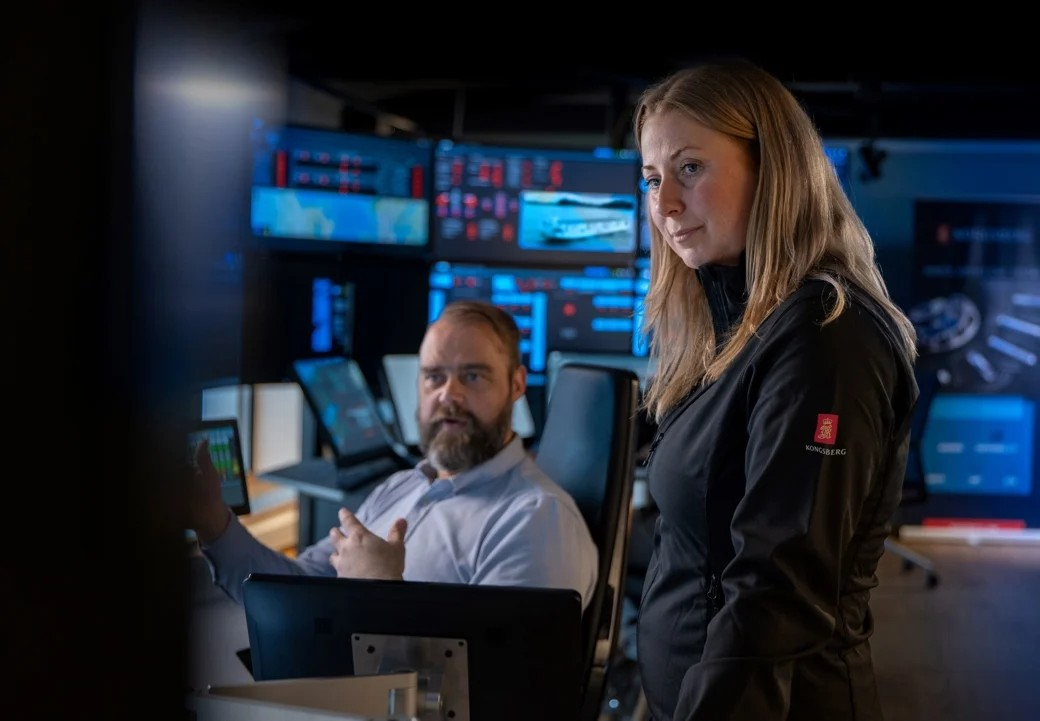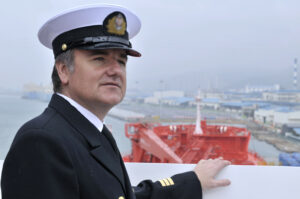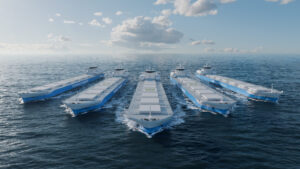The role of chief engineer will be located in a remote operations centre (ROC), where the duties can be carried out from a desk-based workstation, instead of onboard a vessel.
In another step towards uncrewed vessel operations, class society DNV has granted Kongsberg Maritime its approval in principle for a “Chief to Shore” functionality that enables a key role to be transferred from a ship to a shore-based control center.
From the workstation, the chief engineer will be able to monitor and control systems including the power management system, ballast water system and deck machinery on three vessels.
They are the world’s first fully electric container vessel Yara Birkeland, and a pair of electric barges operated by Norwegian grocery retailer ASKO, named Marit and Therese.
Full approval for the ‘Chief-to-Shore’ functionality is expected to be granted later this year, once a period of testing has taken place, overseen by DNV and the Norwegian Maritime Authority.
Alongside the chief engineer, other crew members, such as the master and navigator, will remain on the vessels throughout the tests, and in constant contact through radio and CCTV connections, until full approval of the chief-to-shore functionality has been granted.
Testing will be conducted this summer and will involve the shore-based technician managing a number of tasks on three vessels, all managed remotely from shore.
From the ROC, an ‘aggregated view’ of the three vessels will be visible at all times, and if an issue arises or an intervention is required on one of the vessels, the system will manually switch to ‘high attention mode’ focussing operator attention where support is needed.
The ROC in Horten, Norway, is a facility managed by Massterly, a joint venture between Kongsberg Maritime and Wilhelmsen.
Pål André Eriksen, Kongsberg Maritime, SVP Remote & Autonomous Solutions, said: “The role of chief engineer is one which already involves a lot of monitoring of automation and control systems on board.
“For this trial, moving this functionality to the shore-based ROC will see one person now managing a range of systems across three vessels, rather than one.”



